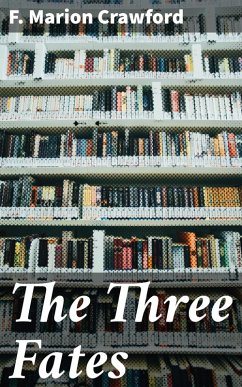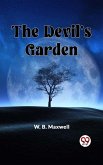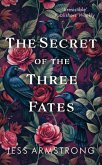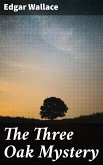In "The Three Fates," F. Marion Crawford presents a richly interwoven narrative that examines themes of fate, destiny, and the occult. The story revolves around the profound intersection of human lives as shaped by supernatural influences, showcased through imaginative prose that blends realism with a sense of mystical inevitability. Crawford's literary style, characterized by intricate character development and vivid imagery, places the novella within the broader context of late 19th-century literature, where elements of naturalism and the gothic intertwine to explore the human condition. F. Marion Crawford, an American author renowned for his expertise in both novels and short stories, was deeply influenced by his experiences in Italy and his fascination with European folklore and mythology. His extensive travels and exposure to various cultures enriched his narrative abilities, allowing him to craft stories that delve into the relationship between man and the unseen forces that govern existence. This personal connection to themes of fate and the supernatural provides a compelling backdrop to his work, inviting readers to ponder the philosophical implications of his tales. Readers seeking a profound exploration of destiny, enhanced by exquisite prose, will find "The Three Fates" to be an unforgettable literary experience. Crawford's ability to blend the mystical with the mundane creates a captivating atmosphere that resonates with both modern and historical audiences. This novella is essential for those intrigued by the interplay of human agency and fate, as well as for fans of literary fiction that challenges the boundaries of reality.
Dieser Download kann aus rechtlichen Gründen nur mit Rechnungsadresse in A, B, BG, CY, CZ, D, DK, EW, E, FIN, F, GR, H, IRL, I, LT, L, LR, M, NL, PL, P, R, S, SLO, SK ausgeliefert werden.









